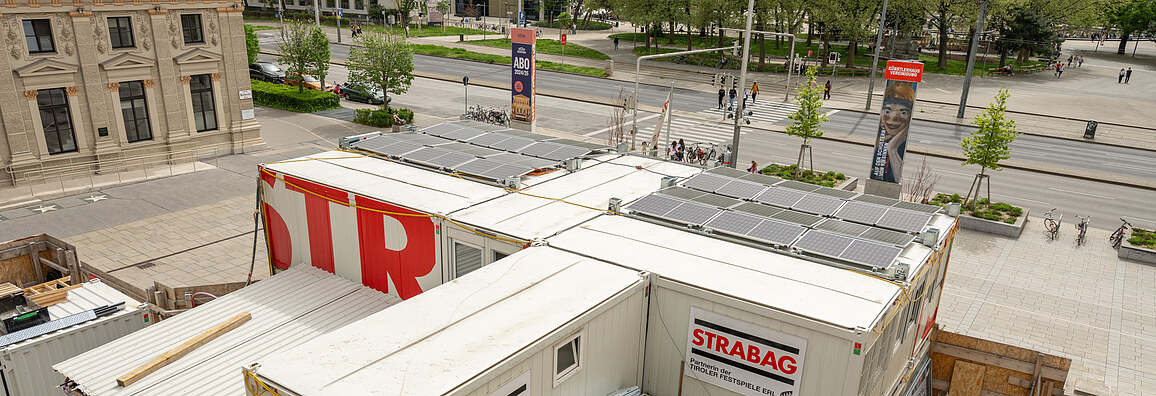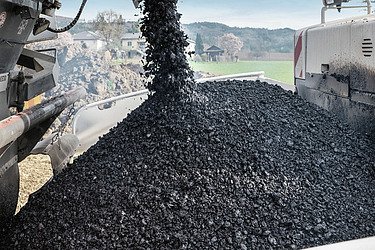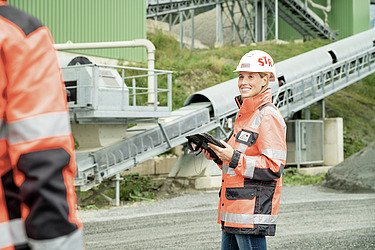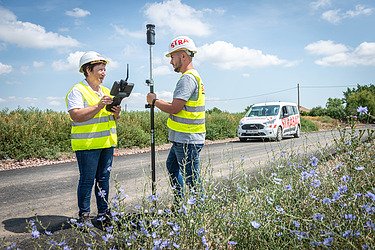Energy and emissions
Decarbonisation of STRABAG SE
Around 34% of global energy consumption and around 38% of the associated greenhouse gas emissions are attributable to the building - both in the construction and utilisation phases. We have set ourselves the goal of reducing our CO2e emissions by following a science-based reduction path along our entire value chain.
Science-based climate targets
We are convinced that credible climate targets must be science-based, in accordance with uniform standards and externally validated. STRABAG has committed to science-based targets in 2024 as part of the Science Based Targets Initiative (SBTi). By 2030, we want to reduce our Scope 1 and Scope 2 emissions by 42% and our Scope 3 emissions by 25%.
We are building on this: We utilise the methodological guidelines of the SBTi and continue to consistently pursue our reduction path. Our long-term goal, approved by the STRABAG SE Executive Board, is to achieve climate neutrality by 2040.
In order to achieve our climate targets, the Management Board of STRABAG SE adopted a reduction pathway for decarbonisation in 2024. This is part of our sustainability strategy and is in line with our transformation plan.

Projects and initiatives to reduce our Scope 1 and 2 emissions
To achieve the reduction target for our Scope 1 and 2 emissions, we have defined eight areas of action in which we are going to implement a large number of measures
- Buildings: climate-neutral operation of administration buildings (own and third-party) used by the Group.
- Passenger cars / commercial vehicles: conversion of vehicle fleet to renewable energy sources.
- Construction site power / other construction-related energy: electrification and environmental optimisation of small equipment, office containers and cranes.
- Construction machinery / heavy goods vehicles: conversion of construction machinery and heavy goods vehicles to renewable energy sources.
- Asphalt mixing plants: conversion of asphalt mixing plants to renewable energy sources.
- Stone and gravel plants: conversion of stone and gravel plants to renewable energy sources.
- Concrete plants / other production: conversion of concrete plants and other production to renewable energy sources.
- Efficiency increase: potential to increase energy efficiency through conversion to new technologies such as electrification.
With our reduction targets in focus, we have defined key measures that contribute to our climate targets in the short and long term.
To realise energy savings and emissions reductions within the Group, we are working on continuously reducing our emissions through pilot projects and initiatives, among other things. For example, this includes the Group-wide initiative to identify PV potential to facilitate the rapid expansion of PV systems at our locations. We are also developing sustainable minimum standards for our planning and construction processes. We are actively working on developing new solutions in the construction sector by piloting alternative energy sources and innovative technologies such as the use of green hydrogen in production and for construction machinery.
Projects and initiatives to reduce our Scope 3 emissions

Further projects
Click here for an insight into STRABAG’s projects aimed at reducing CO2e emissions.
more about the projects here

